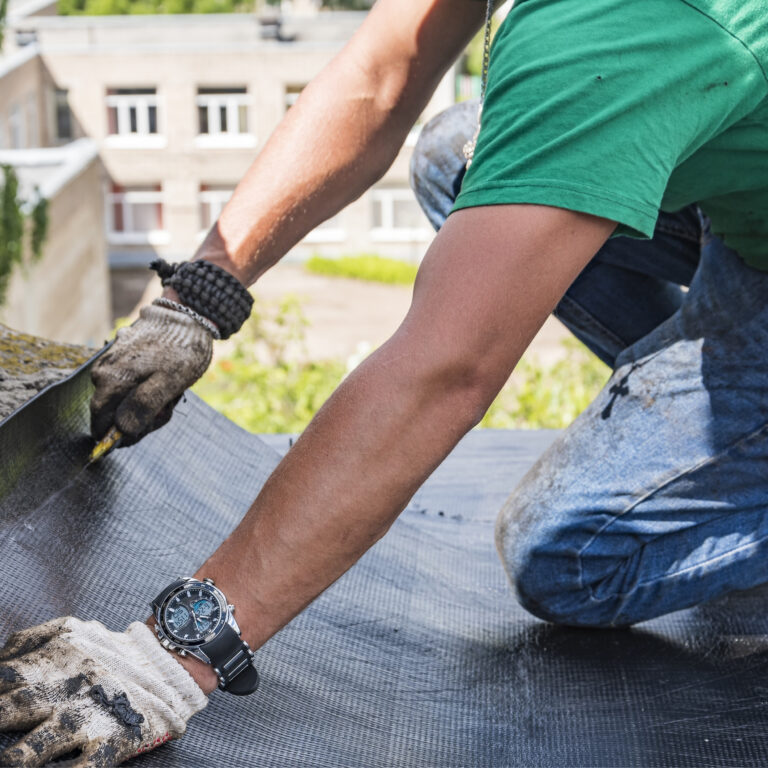Rhinoplasty, commonly known as a nose job, is a surgical procedure designed to reshape or reconstruct the nose. While many people associate it with aesthetics, rhinoplasty also serves important medical purposes. If you’re considering Rhinoplasty in Islamabad, it’s essential to understand the difference between functional and cosmetic rhinoplasty. Both procedures can significantly impact your confidence and quality of life—but for different reasons.
This blog explains how these two types of rhinoplasty differ, when each is needed, and how to determine which one is right for you.
Understanding Cosmetic Rhinoplasty
Cosmetic rhinoplasty focuses on enhancing the external appearance of the nose. It is ideal for individuals who are unhappy with how their nose looks and want to improve facial harmony.
Common Cosmetic Concerns Addressed:
-
A hump or bump on the nasal bridge
-
Wide or droopy nasal tip
-
Asymmetry between nostrils
-
Flat or under-projected nose
-
Large or wide nose shape
Cosmetic rhinoplasty is often chosen by individuals who feel that their nose doesn’t complement the rest of their facial features. The goal is to achieve a natural-looking balance while preserving facial harmony.
Techniques Used in Cosmetic Rhinoplasty:
Surgeons may perform cosmetic rhinoplasty using either an open or closed technique.
-
Open Rhinoplasty: Involves an incision across the columella (the strip of skin between the nostrils), allowing better visibility and precision for major reshaping.
-
Closed Rhinoplasty: Incisions are made inside the nostrils, making it less invasive and with minimal visible scarring.
While cosmetic rhinoplasty improves aesthetics, it may also indirectly enhance breathing if structural adjustments align nasal passages properly.
Understanding Functional Rhinoplasty
Functional rhinoplasty aims to correct structural or internal issues that affect breathing and nasal function. It is commonly performed for patients who have difficulty breathing due to trauma, congenital deformities, or medical conditions.
Common Medical Reasons for Functional Rhinoplasty:
-
Deviated septum (can block airflow)
-
Nasal valve collapse
-
Birth defects affecting the nose’s internal structure
-
Injury-related deformities
-
Chronic nasal congestion not responsive to medication
This type of rhinoplasty is often medically necessary rather than elective. The procedure improves airflow, relieves sinus problems, and enhances overall nasal function—while potentially improving the nose’s appearance as a secondary benefit.
Techniques in Functional Rhinoplasty:
The surgeon may use grafts from cartilage (usually from the septum or ear) to support and open nasal passages. The procedure is customized to the patient’s internal anatomy and specific breathing issues.
Key Differences Between Cosmetic and Functional Rhinoplasty
| Aspect | Cosmetic Rhinoplasty | Functional Rhinoplasty |
|---|---|---|
| Primary Goal | Enhance appearance | Improve breathing and nasal function |
| Focus Area | External nose structure | Internal nasal passages |
| Medical Necessity | Elective | Often medically necessary |
| Insurance Coverage | Typically not covered | May be covered if medically required |
| Results | Aesthetic improvement | Functional and sometimes aesthetic improvement |
When You Might Need Functional Rhinoplasty
You may be a candidate for functional rhinoplasty if you experience:
-
Constant nasal congestion not related to allergies
-
Breathing difficulties during exercise or sleep
-
Whistling sounds when breathing
-
History of nasal trauma or surgery
-
Noticeable nasal collapse during inhalation
Functional rhinoplasty not only improves breathing but can also enhance sleep quality, reduce snoring, and improve overall physical performance by allowing better oxygen flow.
When You Might Need Cosmetic Rhinoplasty
Cosmetic rhinoplasty is suitable if you’re mainly concerned about your nose’s appearance. You might consider it if you:
-
Feel self-conscious about your nose shape
-
Notice imbalance between your nose and other facial features
-
Have a bump, wide bridge, or droopy nasal tip
-
Desire a refined or more proportionate appearance
Patients often report a boost in self-esteem after cosmetic rhinoplasty, as it helps them feel more comfortable and confident with their facial features.
Can You Combine Both Procedures?
Yes, combining functional and cosmetic rhinoplasty is common. Many patients require both structural correction and aesthetic refinement. For example, if you have a deviated septum that needs fixing but also want to smooth out a nasal hump, both can be addressed in a single surgery.
Combining the two procedures ensures balanced results—both functionally and aesthetically. Moreover, it minimizes downtime and reduces the need for future surgeries.
The Recovery Process
Recovery time is similar for both functional and cosmetic rhinoplasty, though the extent of surgery may affect duration. Typically:
-
Week 1: Swelling and bruising are most noticeable; a nasal splint may be worn.
-
Weeks 2–4: Bruising fades, and most patients return to work or social activities.
-
Months 2–6: Swelling continues to decrease, and breathing improves significantly.
-
Up to 12 months: Final results become visible as residual swelling subsides.
Following post-operative instructions carefully—like keeping your head elevated, avoiding pressure on the nose, and refraining from strenuous activity—ensures optimal healing.
Choosing the Right Surgeon in Islamabad
Selecting an experienced and qualified plastic surgeon is crucial. Look for someone with:
-
Board certification in plastic or facial surgery
-
Experience in both cosmetic and functional rhinoplasty
-
A portfolio of successful before-and-after cases
-
Positive patient reviews and testimonials
During your consultation, your surgeon will evaluate your nasal structure, breathing patterns, and aesthetic goals. This comprehensive assessment helps design a treatment plan tailored to your needs.
Conclusion: Finding the Right Type of Rhinoplasty for You
Deciding between functional and cosmetic rhinoplasty depends on your goals. If you’re struggling with breathing or sinus problems, functional rhinoplasty is the right choice. However, if you’re seeking to enhance your appearance and facial symmetry, cosmetic rhinoplasty may be ideal.
Whichever option you choose, it’s important to consult a qualified and skilled surgeon who can ensure safe and natural-looking outcomes. For professional guidance and trusted surgical care, visit Dynamic Aesthetic Clinic—a leading center offering advanced rhinoplasty and facial aesthetic treatments tailored to your needs.
By choosing the right procedure and expert team, you can achieve both improved function and enhanced confidence through Rhinoplasty in Islamabad.




